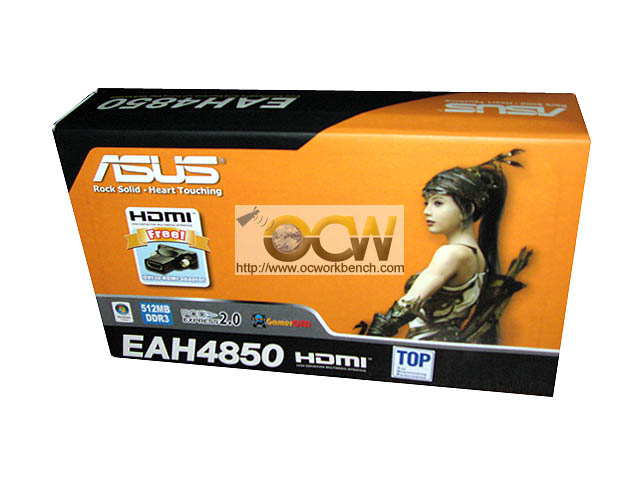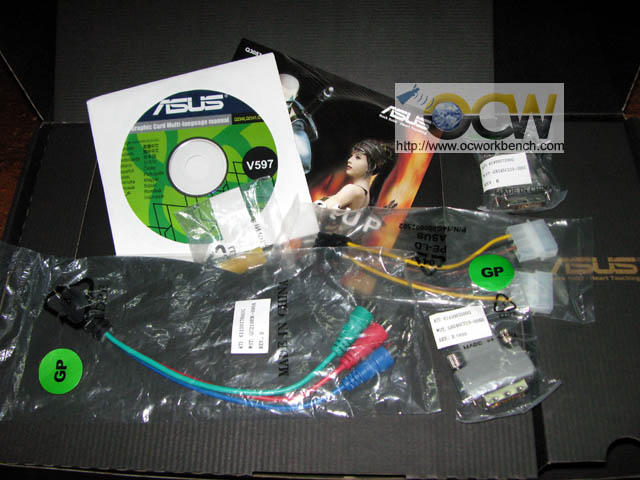Review Introduction to ASUS EAH4850 Radeon
HD 4850 Graphics card
Bluetooth 25 Jun 2008
Introduction
Today, AMD officially announce the Radeon
HD 4850 Graphics card. As you are probably aware by now, the Radeon HD 4850 GPU
is one of the highest most cost/performance ratio card that is just launched.
Based on the RV770 GPU, this card will have 800 unified stream processors.
256 bits memory width with GDDR3. It supports DX10.1 and SM 4.1. There will be
an improved unified video decoder. The HDMI comes with 7.1 HD
audio and it supports advance PowerPlay. The GPU clocks at 625MHz and memory
will be 512MB of GDDR3 at 1GHz. A check on the GPU-Z show that the GPU runs at 625MHz
and memory is at 993MHz. That is the official GPU CLK / MEM CLK of the
reference ATi card. As usual, this card
supports UVD2 that
gives you the best images
with low CPU utilisation. The PowerPlay also helps to conserve energy allowing you to run your system in a
cool, quiet PCs. For the light gamers, 3D realism is realised with
DirectX® 10.1 capabilities and plug-and-play ATI CrossFireX™ multi-GPU
upgradeability (4pcs on AMD 790FX based motherboard).
There is also the built in HDMI with 7.1 Surround Sound for
single HDTV connectivity. This feature is enabled with an intelligent DVI to
HDMI adaptor, no internal SPDIF or other audio cabling is required.
The card looks identical to the other Ref ATI Radeon HD4850
cards. The difference is the software that comes with it. This is good news for
those who have not purchase the card. The ASUS EAH4850 comes with an
overclocking tool that works better than the one built into the ATi Catalyst
8.6. In addition, you can now change the fan speed. You can't do that with the
other cards even with ATitools or Rivatuner.
This card is now price in sub USD 200 levels, you can click on the pricing info
on the top and bottom of each page to check for the best retail store.
Below are photos of the package from ASUStek.


Discuss in Forum
Next >>>
|